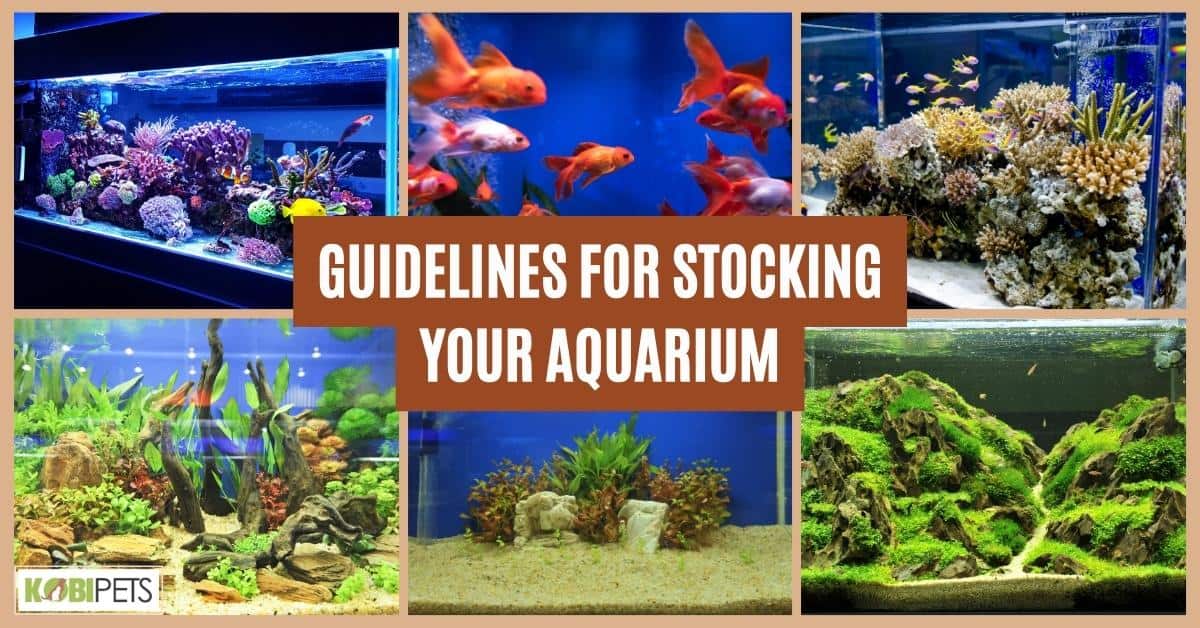
Aquariums can be a beautiful and relaxing addition to any home, but they require proper care and attention to thrive. One of the most important aspects of caring for an aquarium is stocking it correctly. Stocking your aquarium improperly can lead to poor water quality, stressed fish, and even fish loss.
In this blog post, we will provide guidelines for stocking your aquarium to ensure that it is a healthy and happy environment for your fish. From researching the type of fish you want to keep, to avoiding overcrowding, we will cover all the important factors to consider when stocking your aquarium.
By following these guidelines, you can create a beautiful and thriving aquarium that will bring joy to you and your fish for years to come.
1. Research the type of fish you want to keep and their specific needs.
When you decide to set up an aquarium, it’s wise to research the type of fish and their specific needs carefully. For example, not all species require the same water temperature or pH levels, and some may need larger tanks than others.
It might also be important to think about if the tank space can provide the ideal environment for your fish. To be a good aquarist, having knowledge about different species will help you properly prepare before purchasing any fish.
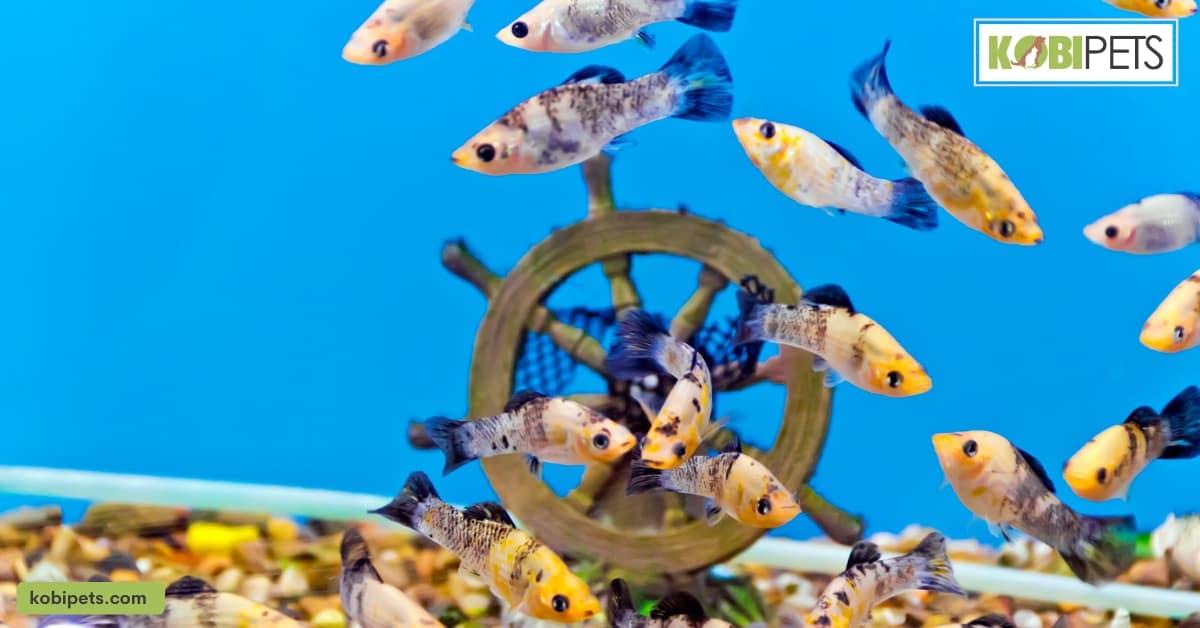
2. Start with a small number of fish and gradually add more as the aquarium becomes established.
Starting an aquarium can be an incredibly exciting experience, but it’s important to ensure the transition is a healthy one by starting with a small number of fish. This allows the tank and its water parameters to become stabilized before adding more fish and stressing out the existing occupants.
By introducing a few hardy fish first and then gradually increasing numbers over several weeks, the transition should progress smoothly and produce a healthier environment for your aquatic life. Over time, this will make for an exciting and enjoyable living space for your new tankmates that you can maintain for years to come.
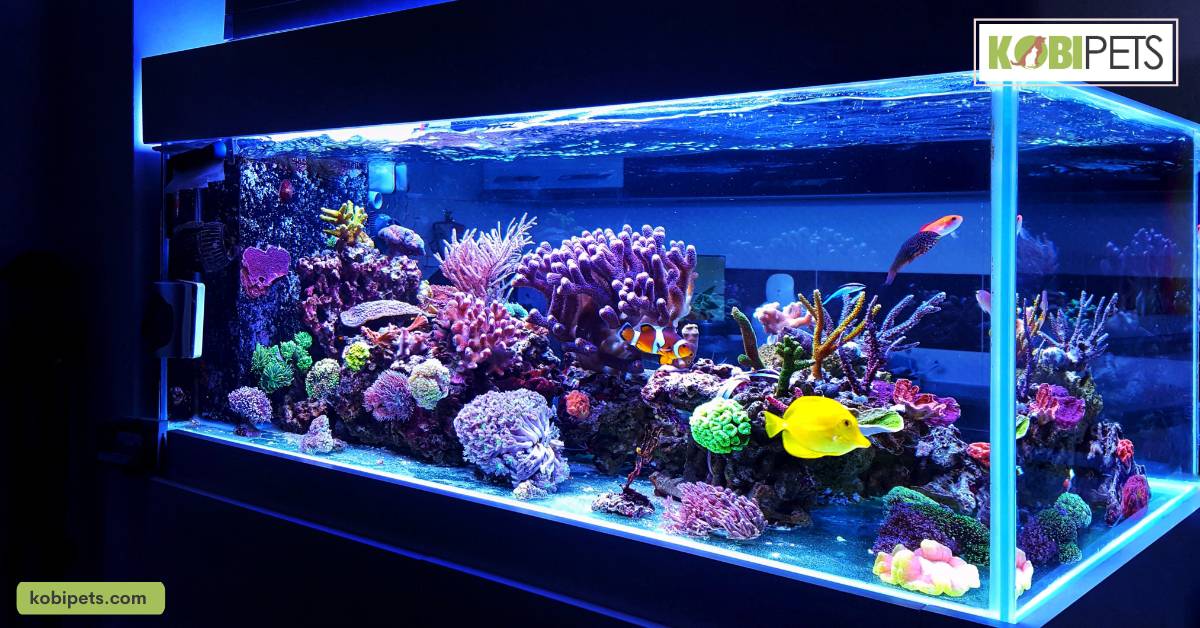
3. Make sure to not overcrowd the tank, as this can lead to poor water quality and stress for the fish.
It’s important to take the proper precautions when stocking a fish tank. Overcrowding not only produces poor water quality but also stresses out your fish. To ensure the best conditions possible, follow the recommended guideline of 1 inch of fish per gallon of water.
Making sure that your tank isn’t overcrowded will go a long way in helping keep your aquarium and its inhabitants healthy and thriving for many years to come.
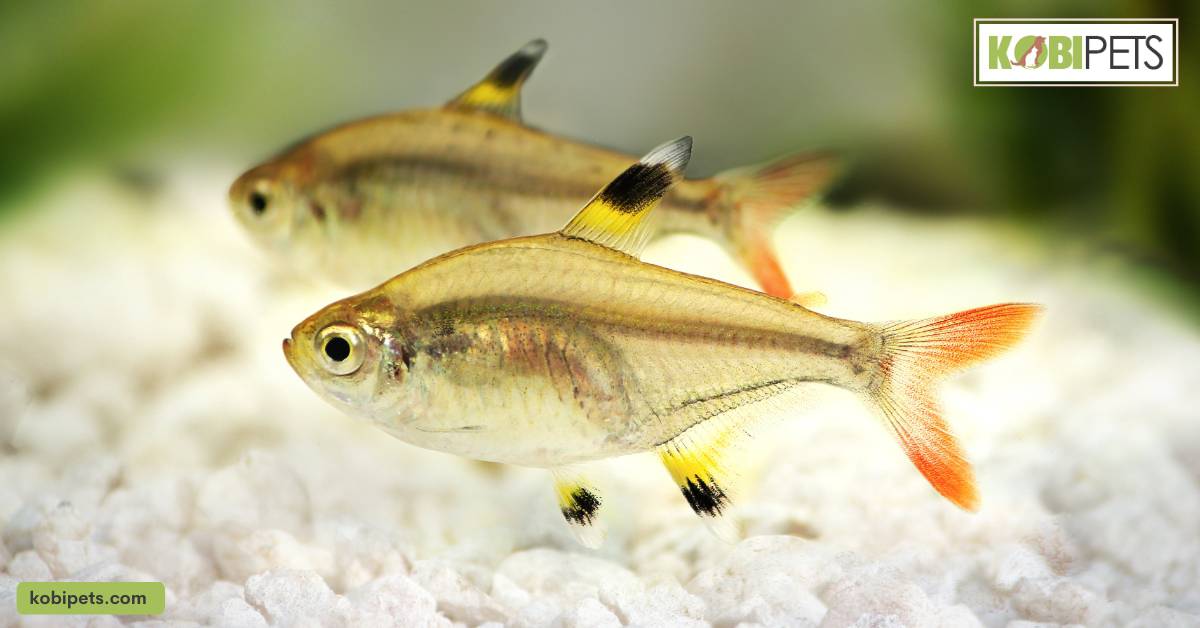
4. Avoid keeping incompatible species together, such as aggressive fish with more passive species.
Having compatible species in the same tank is essential to creating a thriving aquarium environment. It is important to research and chooses carefully when selecting the fish you would like to live together since some species may not be compatible.
Aggressive fish, such as certain cichlids, should never be kept with more passive species or they could bully or even eat their tank mates. Incorrect pairings can lead to stress on the fish, and health issues, and can even cause one species to eventually dominate the tank.
Petsmart recommends observing different specimens before making a selection of compatible breeds in order to ensure peaceful coexistence and the creation of an enjoyable aquatic ecosystem for all inhabitants.
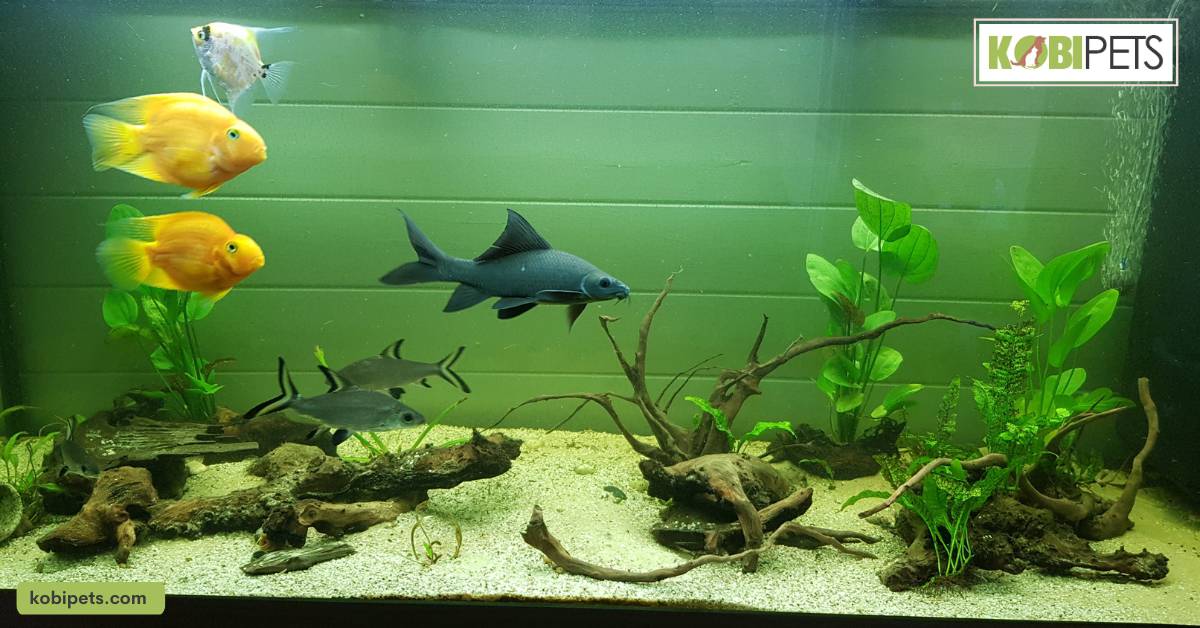
5. Consider the overall balance of the aquarium, including the size and number of different species, and the ratio of fish to plants.
Having an overall balance in an aquarium is essential to maintaining the health of its inhabitants. Too few fish can lead to unhappy and lonely fish, while too many will cause overcrowding and be detrimental to water chemistry.
It’s important to also look at the ratio of fish to plants as this can help achieve optimal ammonia levels in the water. To keep the right balance, there should be enough plants that they are competing with your fish for resources like oxygen and nutrients.
A larger tank will often allow more options when it comes to stocking and biological filtration, so researching what size tank would be suitable for your aquarium is extremely important.
Ultimately, having careful consideration of the size and number of species, as well as the ratio of fish to plants helps ensure that you create a balanced environment for all members of your aquarium community.
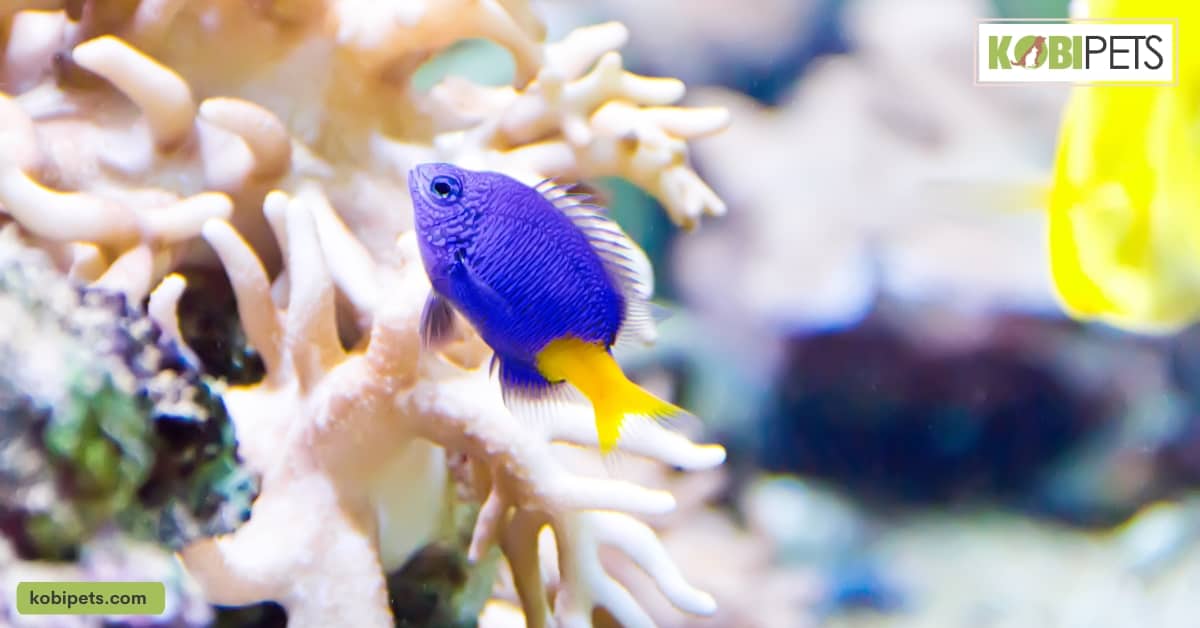
6. Regularly monitor water quality and perform regular maintenance, such as cleaning the tank and replacing water.
Ensuring your tank’s water quality is essential for the health and well-being of your fish. Regular monitoring can help keep your fish safe from potentially deadly water toxins, as even a small spike in levels like ammonia or nitrite can endanger your fish.
To maintain the healthiest environment for your fish, clean the tank regularly and replace 25-50% of the water each week to ensure it stays clean and uncontaminated. Additionally, be sure to test the water on a weekly basis to make sure all chemical levels are at an acceptable range.
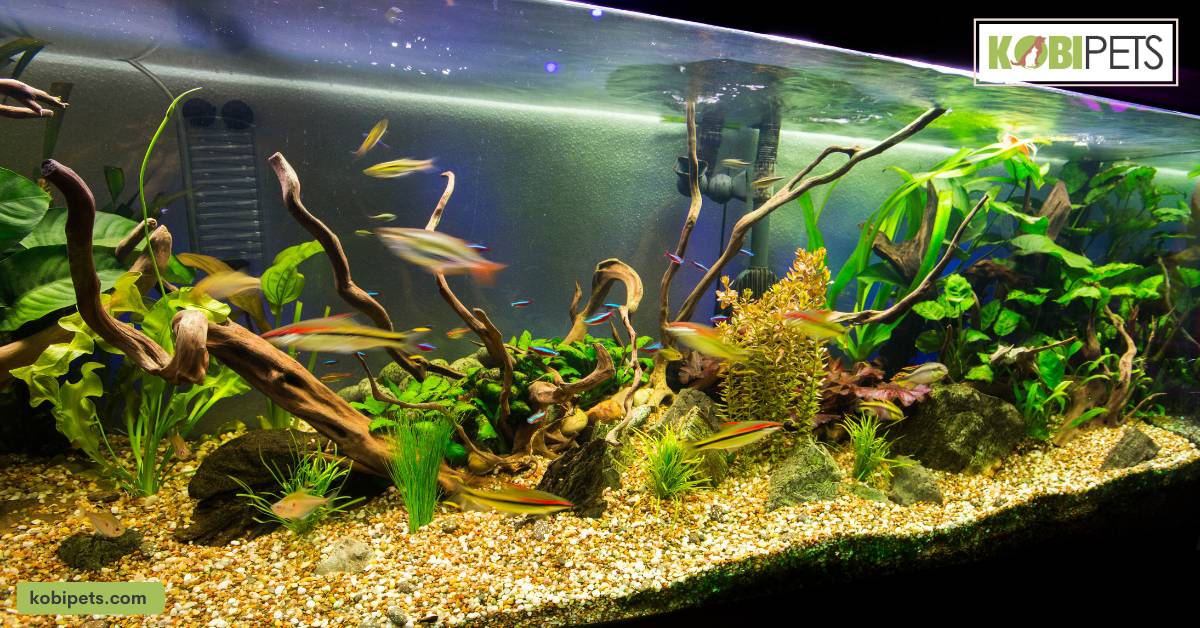
7. Keep in mind that certain species of fish may outgrow their tank and need to be rehomed.
Before selecting a fish for your tank, it’s important to keep in mind what size the fish can reach upon maturity and compare that to the size of the tank you have available. If you’re bringing home a smaller fish, however, it might grow larger than the aquarium and require rehoming; this is especially true for pet stores which may sometimes sell juvenile or undersized fish.
To avoid this kind of surprise, research your species of choice beforehand so you can make an informed decision on whether to purchase it or not – ensuring that your aquatic friends have plenty of space to thrive!
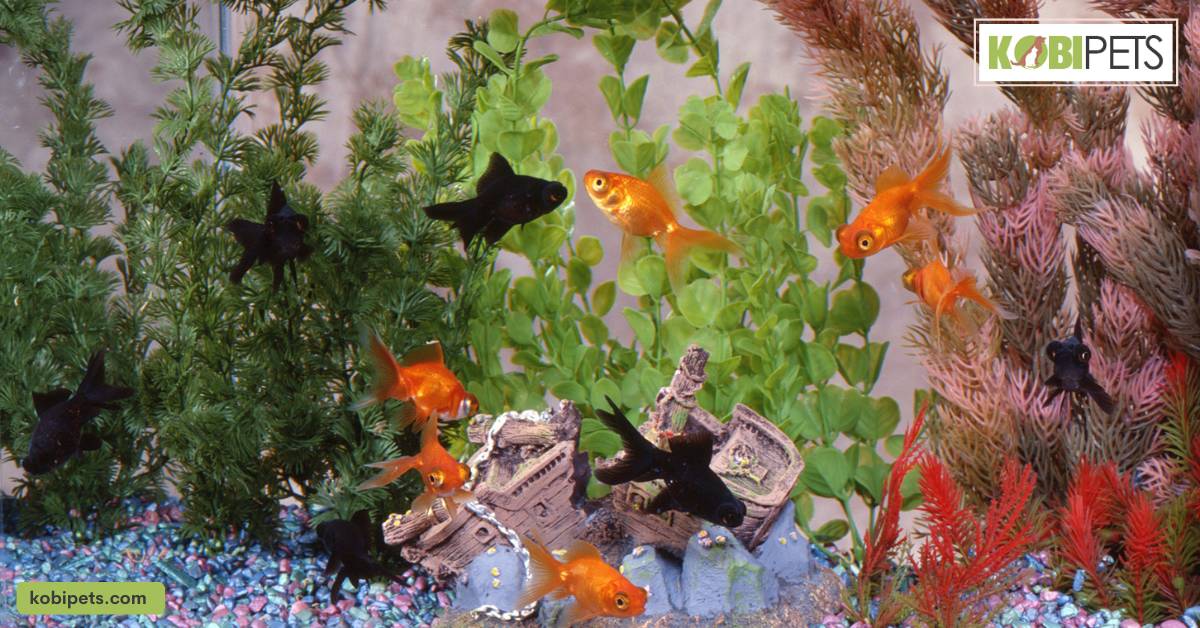
8. Keep in mind that fish are living creatures and they need proper care and attention to thrive.
When it comes to caring for fish, it is important to remember that they are living creatures. Fish need a safe and clean environment in order to thrive. This includes making sure their tank has the right size, cleaning the container regularly, and providing proper nutrition.
Feeding your fish at regular intervals helps them maintain healthy growth and overall well-being. Additionally, checking the water temperature and pH balance of the tank can ensure your fish stay comfortable in their habitat. By following these basic care instructions, you can give your fish a better chance to flourish.
Taking this extra step will not only pay off but will also help you have a better bond with your beloved pet.
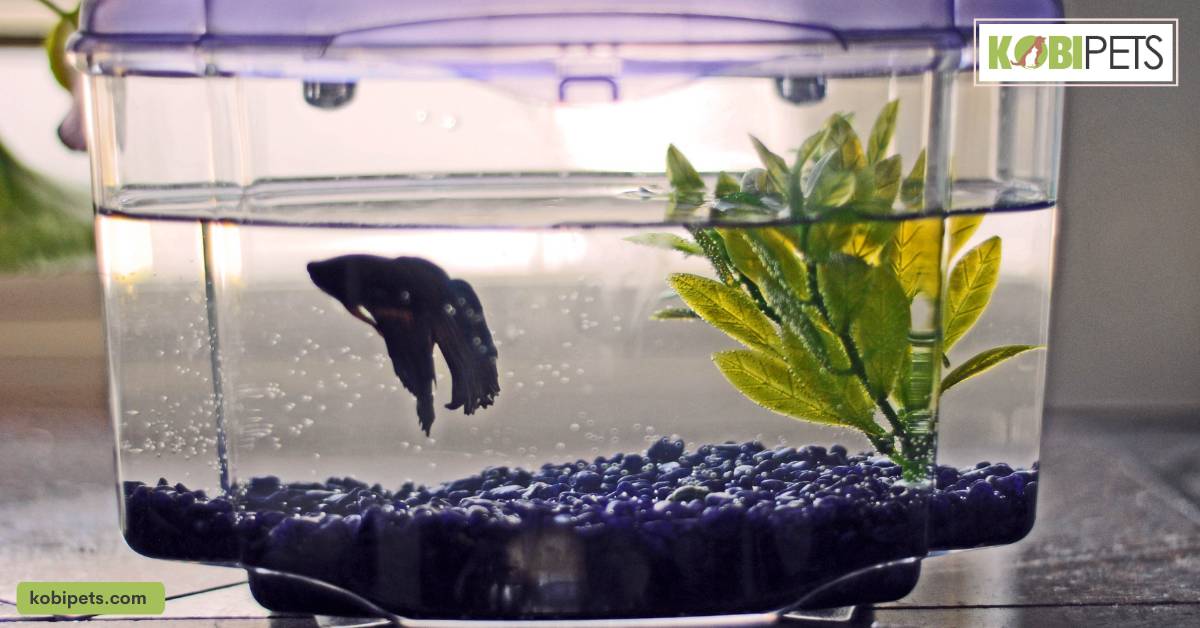
In Conclusion
Having a successful aquarium requires careful planning and consideration of many factors. From researching the type of fish you want to keep, to avoiding overcrowding, it is important to remember that all creatures need proper care and attention to thrive.
By following the guidelines outlined in this blog post, you can create a beautiful and thriving aquarium that will bring joy to you and your fish for years to come.


